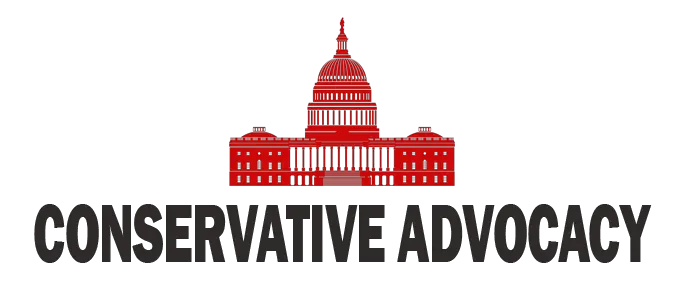President Donald Trump’s bold tariff strategy has ignited a fierce debate over its potential impact on the U.S. economy and his political future. Dubbed “Liberation Day,” Trump’s announcement of sweeping reciprocal tariffs aims to address decades of trade imbalances, particularly with nations like China and the European Union, which have long imposed higher tariffs on American goods. While Trump has framed these measures as necessary to protect American workers and revitalize domestic manufacturing, critics warn of rising consumer costs, market instability, and the risk of a global recession.
The tariffs, which range from 10% to as high as 50%, have already sent shockwaves through financial markets, erasing trillions in global equity value and fueling concerns about inflation. Economists predict that these tariffs will increase household expenses by an average of $3,800 annually, disproportionately affecting lower-income families who spend a larger share of their income on essential goods. The Yale Budget Lab estimates that U.S. GDP growth could decline by nearly 1% this year due to the tariffs, with long-term economic output persistently reduced by up to $180 billion annually. Despite these warnings, Trump remains steadfast, arguing that short-term pain is necessary to secure long-term economic independence.
Trump’s tariff policy represents a necessary course correction in America’s trade relationships. The president has emphasized the importance of reciprocity, pointing out that while U.S. tariffs on Chinese goods average just 2%, China imposes rates as high as 35% on American exports. This disparity has contributed to the hollowing out of America’s manufacturing base and undermined critical supply chains. By leveraging tariffs as a negotiating tool, Trump hopes to compel foreign nations to reduce trade barriers and invest in fairer practices—a move his supporters view as putting America first.
However, the political risks are significant. Polls show that a majority of Americans disapprove of the tariffs, with concerns about rising prices resonating across key voter demographics. Younger voters and independents—groups that helped propel Trump to victory in 2024—are particularly wary of the economic fallout. Latino and Black voters, who had shown increased support for Trump due to his focus on affordability during the last election cycle, now overwhelmingly oppose the tariff policy. Even among Republicans, skepticism is growing; many fear that higher costs could alienate middle-class families and jeopardize GOP gains in swing districts ahead of the midterms.
Despite these challenges, Trump is betting on his ability to reshape global trade dynamics and deliver long-term benefits for American workers. His administration argues that the tariffs will generate trillions in revenue over the next decade while incentivizing domestic production and job creation. Commerce Secretary Howard Lutnick has hinted at ongoing negotiations with over 50 countries seeking concessions to avoid higher tariffs—a sign that Trump’s hardline approach may yield results. If successful, this strategy could solidify his legacy as a transformative economic leader; if not, it risks undermining his credibility and fracturing his coalition.
In the end, Trump’s tariff gamble underscores a broader ideological battle over America’s economic future. While critics decry the policy as reckless and regressive, supporters see it as a bold assertion of sovereignty in an increasingly competitive global landscape. As markets fluctuate and voters weigh their priorities, one thing is certain: Trump’s approach to trade will remain a defining issue for his presidency—and for America’s place in the world economy.




